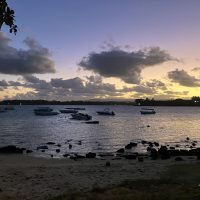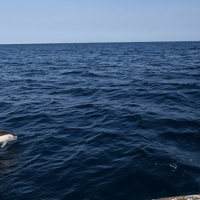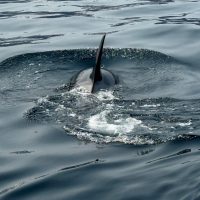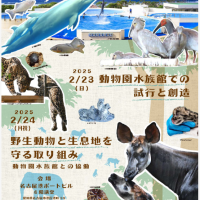Mitani Y, Watanabe Y, Sato K, Cameron MF, Naito Y
Mar Ecol Prog Ser 281:275-281 (2004)
要旨:ウェッデルアザラシは定着氷に開いた呼吸穴を通って海に潜り、海氷の下、400mもの深度で採餌しては呼吸穴まで戻って息を整える、という行動を繰り返す。このため、採餌範囲は呼吸穴を中心として息が続くまでに帰ってこられる範囲に限られており、深度だけではなく呼吸穴からの水平距離も採餌行動にとって重要な要因となる。しかし、これまでの潜水行動研究では三次元における採餌潜水行動のうち、深度という限られた次元の情報しか得られていなかった。本研究では地磁気ロガーおよび画像ロガーを用いて、三次元潜水経路に沿って得られた画像を解析することにより、ウェッデルアザラシの採餌行動が生息環境や餌の時空間分布によって、どのように変化するのかを明らかにすることを目的とした。アザラシの採餌行動は、海底地形に影響を受けること、ひとたび餌のパッチに遭遇すると、それ以上は遠くに潜らず、呼吸穴までの距離を保ち、採餌に費やす時間を多く取るようにしていることが明らかとなった。
ABSTRACT: The foraging behavior of predators is influenced by the distribution of prey at different spatial and temporal scales. In marine environments, aquatic animals move in 3 spatial dimensions; however, previous studies of the fine-scale movements of predators were limited to only the vertical component of diving behavior. Here, we have analyzed image data along the 3D dive paths of Weddell seals Leptonychotes weddellii to address the 3D nature of their interactions with prey at the spatial and temporal scales relevant to an individual predator. The 3D dive paths were calculated using acceleration and geomagnetic intensity data. A prey index was estimated using image data taken by digital still picture loggers. The descent and ascent phases of a dive were more linear than the bottom phase, and the prey index during the bottom phase was significantly higher than those during the descent and ascent phases. These results suggest that the bottom phase does indeed represent time spent foraging in a prey patch, and that the descent and ascent phases represent the transit between an ice hole and a prey patch. The 3D dive paths of individual seals were affected by the location of breathing holes in the ice and by the slope of local bathymetric features around their breeding colony. Our data suggest that once seals encounter prey, they dive no further, which minimizes their distance from the breathing hole and maximizes their time spent foraging.
KEY WORDS: Foraging behavior, 3D dive paths, Prey distribution, Prey availability, Weddell seal, Leptonychotes weddellii





